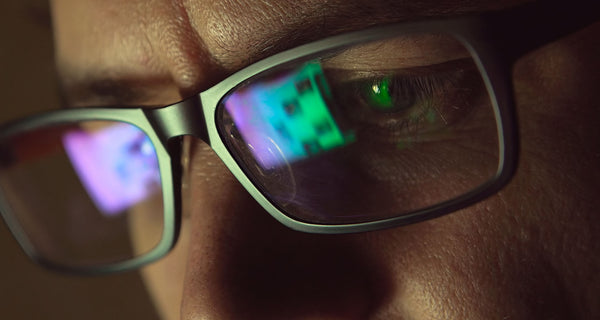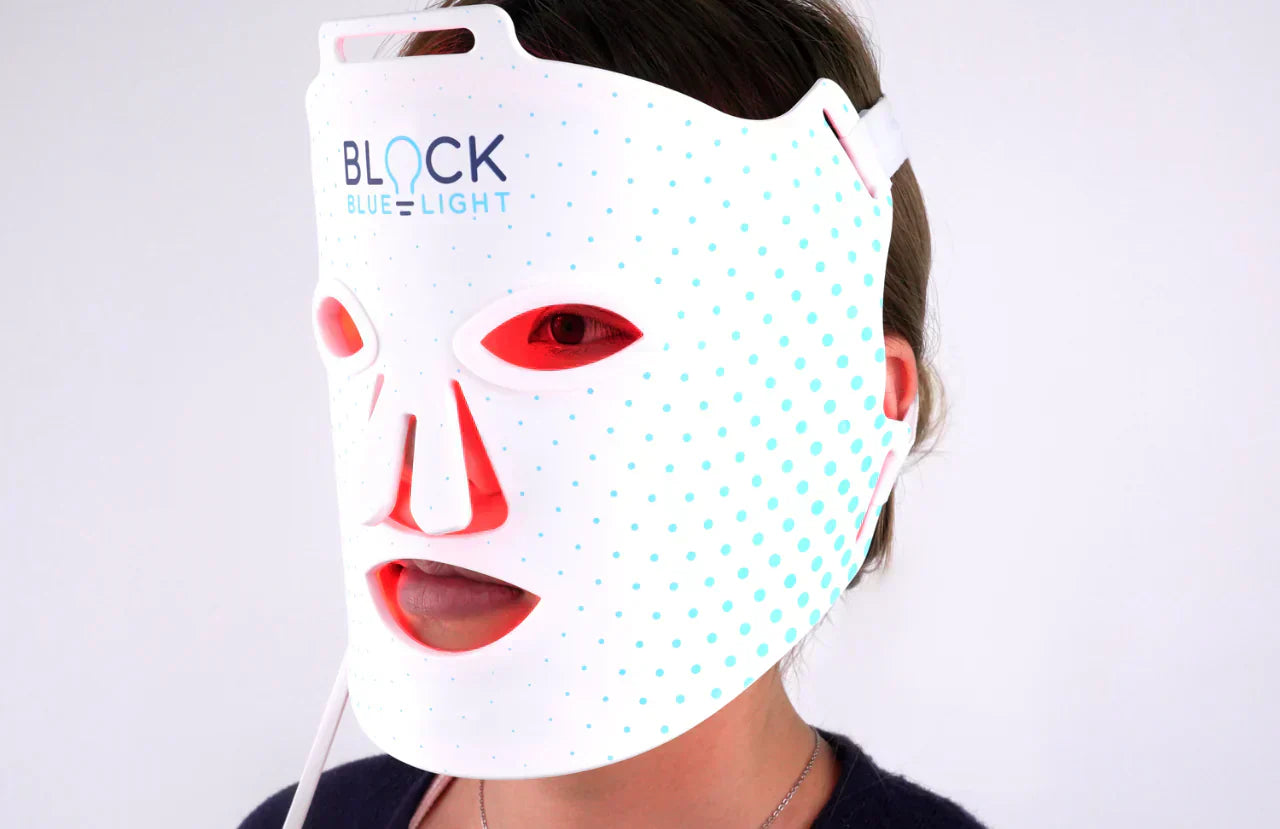Light: different wavelengths have different effects

There is increasing awareness that blue light substantially impacts our circadian rhythms and sleep. Blue light in the range of 450-500nm has been shown to have the strongest impact on the sleep hormone, melatonin, being secreted at night.
Blue light also exists in the 415-455nm range. This has a lesser effect on circadian rhythm, melatonin secretion, and our quality of sleep, but is actually proven to have significant long-term impacts on overall eye health.
Blue light is in this lower range is harmful because it's the highest energy wavelength of visible light. This energy is able to penetrate all the way to the back of the eye, through our eyes' natural filters, killing cells in our retinas which causes permanent damage to our sight. The effects of this blue light are cumulative and can eventually lead to serious eye diseases like macular degeneration.
Technology and its impact on eye health
Even though blue light is hardly new, the biggest emerging issue is the amount of blue light exposure that we get on a daily basis through our use of, and reliance on, digital devices and screens. Our modern lifestyles see us constantly exposed to smartphones, tablets, computer screens, TVs and other light-emitting devices for extended amount of time during both the day and night.
Overexposure to blue light in this range has also been shown to cause a number of other issues such as headaches, dry eyes, and eye strain.
How to protect your eyes
So what can we do about this? The simple answer is to avoid blue light in this harmful range as much as possible. However we understand in today’s world blue light exposure from electronic devices is unavoidable. We therefore recommend you protect your eyes via:
- Fitting a blue-blocking screen filter on your phone and tablet – this reduces your expose to this harmful range of blue light when using your device. We have a range of screen filters for purchase here.
- Use a set of blue blocking glasses:
- for daytime use we recommend the ScreenTime Premium Day Glasses. These glasses block the harmful range without distorting the colour you see - perfect for people who are using computers or tablets all day.
- For nighttime use we recommend our range of blue light blocking glasses. These are the ultimate blue blocking glasses which are perfect for watching movies at night, working on computers/tablets after sunset, or using smartphones just before bedtime.
- 20-20-20 Rule - after every 20 minutes of using a computer, take a break for at least 20 seconds and look at objects that are 20 meters away. This has been shown to significantly reduce eye strain caused by prolonged exposure to electronic devices, and even during the day minimise the damage that is being done to your overall eye health.







